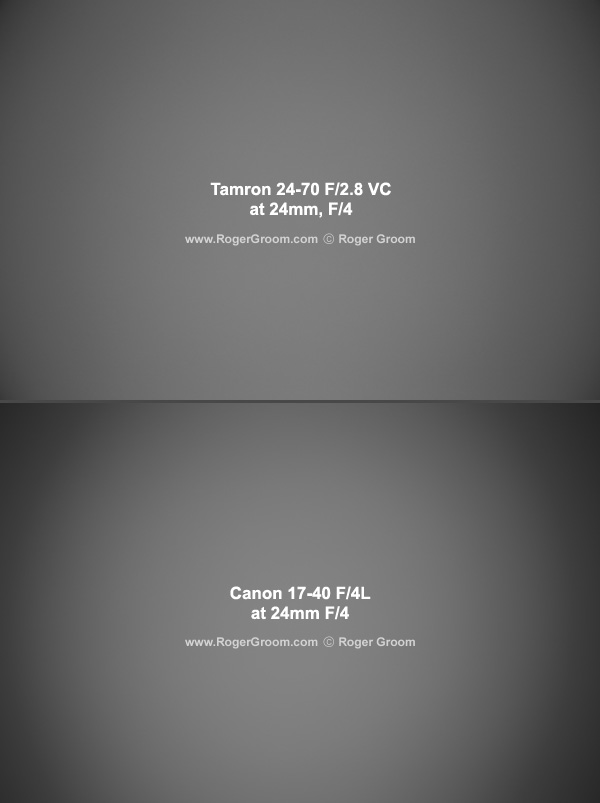I have a new lens! Tamron 24-70 f/2.8 VC. It’s the new all-rounder for my cameras, to match nicely with my Canon 70-200 F/4 L. For the last 10 years my main all-rounder lens has been the Canon 17-40 F/4 L, which always left a bit of a gap between 40 and 70 only filled by my nifty fifty Canon 50mm f/1.4 or borrowing my wife’s Canon 24-105 F/4 L. Having a crop camera body for the last 7 years has meant the 17-40 has actually been 27-64mm which is quite functional as an all-rounder.
I should start by clarifying that overall I prefer Canon lenses to 3rd party equivalents and given the spare cash would probably buy a Canon L lens without giving much consideration to the alternatives. It hasn’t always been this way, in my early days of SLR (film) photography I used Tamron components. In this case I have gone with the Tamron after much research and weighing up the comparison with the equivalent Canon 24-70 F/2.8 II. The decision to go with the Tamron came down to: Price ($1099 vs $2345), Image Stabilisation (which the Canon does not have), and that by most accounts the image quality of the Tamron is very good (I won’t go in to details – you can find the reviews online easily yourself). I am also sometimes wary that the marketing machine of Canon can blind us from equivalent cheaper alternatives. As alluded to above, if I were making enough money from photography to pay back the significant cost of the Canon lens in a reasonable time I probably would have just gone with the Canon at the loss of image stabilisation. But, I am just a pro-am doing this photography on the side outside my day-job so can’t always justify paying for premium pro gear.
So far I’m very happy with the Tamron 24-70 f/2.8 VC and feel it is worth giving credit where credit due. I will comment specifically on the vignetting.
The Tamron seems nice and sharp, has about the same edge distortion as my 17-40mm, and actually has significantly less vignetting than the Canon 17-40mm throughout the overlapping zoom ranges. The Canon still has the advantage of camera-applied lens correction which effectively applies a flat frame to the canon lenses, significantly improving the result of the Canon. The same correction can be applied to the Tamron via software. I have done the correction using flat frames, something done all the time for telescope based astrophotography and which is dead easy to do through Photoshop but if you have Adobe Lightroom I see that the correction can be applied to RAW files there by choosing the Tamron lens from a drop-down (easy!).
The advantage Canon has given their lenses must frustrate manufacturers such as Tamron as the only reason Canon would not allow non-canon lens profiles in their cameras would be a marketing one. Technically there is no reason Tamron could not provide a lens profile for upload in to a canon camera, if only it were permitted. Or even letting the user take in-camera flat frames would do.
Look at the vignetting comparison of the two lenses:

You can see how easy the above vignetting would be to correct for in software, and how much harsher the vignetting of the Canon 17-40 is. The vignetting of the Tamron 24-70 is particularly easy to correct.
So, if you are considering this lens I would suggest the vignetting should not be a factor in your decision. Remember back in film days both lenses would have appeared as per above.
PS. If I didn’t need the F/2.8 aperture, the Canon 24-105 F/4 L is such a perfect lens it would be a no-brainer alternative.